A ship floats silently across the starry sky, the planet beneath swathed in an aura of pinks and blues… or would that be green? Aboard the vessel, our hero arrives, welcome to the mighty Alabaster of Filament Corp design.
Our story isn’t of action, nor of horrific sights, instead, it’s full of hope and puzzling lights. Does this game of Filament light up that bulb of the brain, or does it remain darkened, making this journey in vain? Find out in our review, after the break!
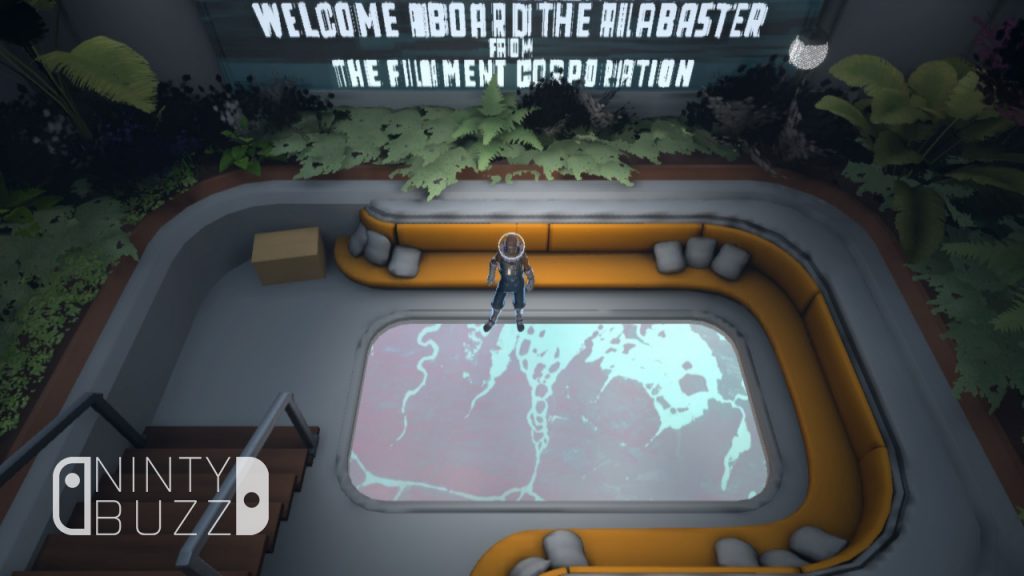
Filament
Nintendo Switch, PC, Linux, macOS
Developed by Beard Envy
Published by Kasedo Games
Released: 8th October 2020
Nintendo Switch digital copy provided by Kasedo Games
Filament follows the unlikely arrival of a lone space wanderer on the now-abandoned Alabaster spacecraft. At first glance, the ship is uninhabited, heck, even the doors won’t open, that is until you crack open a nearby terminal, which you later find out is one of many other terminals called Anchors. Once you solve the little puzzle contained within, power is restored to the nearby doors and a surprised voice calls for your help from a nearby telecommunications device.
This woman claims to be the navigator of this fine vessel. You learn that what once was a fully crewed ship has been abandoned by her fellow work friends and that she has in fact got herself trapped in the Alabaster’s bridge. The only way to open the doors so this sole survivor, Juniper, can escape her imprisonment is to activate a whole lot more of those anchors by solving their respective puzzles.
When peeking inside an anchor, you’ll find yourself a little lightbulb buddy who is attached to a lit-up thread of filament. By controlling your newfound luminescent friends, your task is to light up all the nodes by touching it with your filament. You can’t just run around without a plan of action though as you are unable to cross your own filament. If you’re feeling a little stuck, why not use the environment around you or even a previously activated node to reorient yourself. After the nodes have all been activated, a door will open to the next puzzle, there are usually around five puzzles per anchor.
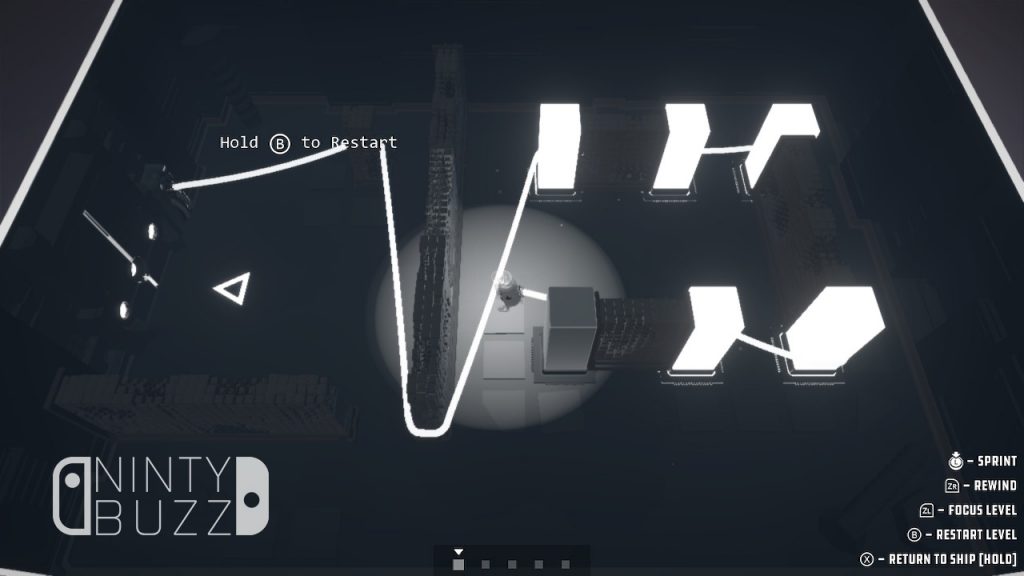
The first set of anchors may seem simple enough, but matters quickly start to become more interesting and difficult. What I mentioned above is just the basic variation of the puzzle, you’ll soon find out there are dozens more. Some may task you with the addition of passing through gates that cannot be touched or activating the nodes in a particular order, others will have you mixing colours and even connecting a field of constellations. Having different types of puzzle varies the gameplay massively and stops solving these conundrums from becoming stale.
A lot of these puzzles are incredibly challenging at times and, for the most part, I didn’t really care that they were difficult, I had a fun time going through them myself, and completing them gave me an incredible sense of achievement. Imagine that feeling times 300, because there are more than that many puzzles in the game, making sure you take a long time to master every one of them. If you do find yourself a little stuck, however, you can turn on the game’s hint system, allowing you two hints per puzzle. Pressing the minus button will display a green pip above the next recommended node to activate. In addition to this, if you’ve activated one already which the game feels has been done in the wrong order, a red pip will appear above that one in addition to the usual green one.
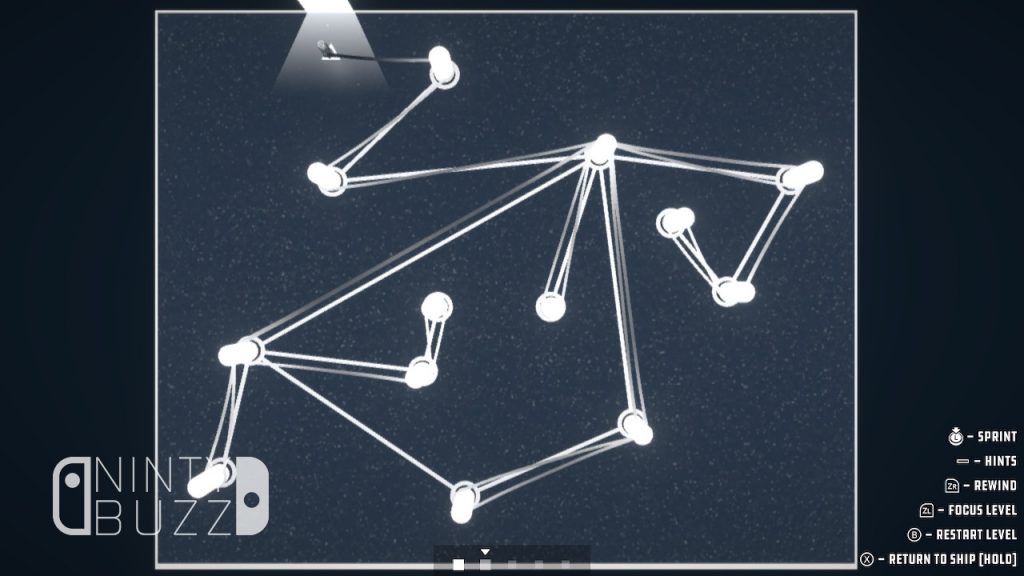
One thing that I enjoyed about the puzzles was the fact that there weren’t any instructions on how to go about solving them. You are literally just thrown into the puzzle with the expectation to figure out how the puzzle works through trial and error. Admittedly, there were a couple of puzzles that I just didn’t get on with due to the fact that it felt too much trial and error was required for the solution. I also think that to increase accessibility for the less skilled puzzle solvers (or for those who just finished a gruelling ten-hour retail shift at 11pm), an optional easy mode or extra set of hints or instructions would be greatly appreciated. Seeing how activating hints blocks off a specific achievement, perhaps enabling an easier mode could do the same.
Solving puzzles may be fun and all, but part of the charm of Filament is discovering all the little bit of the crew and their journey, as well as uncovering what exactly happened up to now. As you activate each anchor or discover new parts of the ship, Juniper will tell you a bit about their venture into space, what day to day life has been like on the Alabaster, as well as the tragedy behind the mission. The writing here is of pure beauty as nearly every segment of the story has its personal touch, you’ll really begin to empathise with the characters. Without spoiling anything, one part regarding a plant really made me feel a sense of emptiness… you’ll know what I mean when you get there.
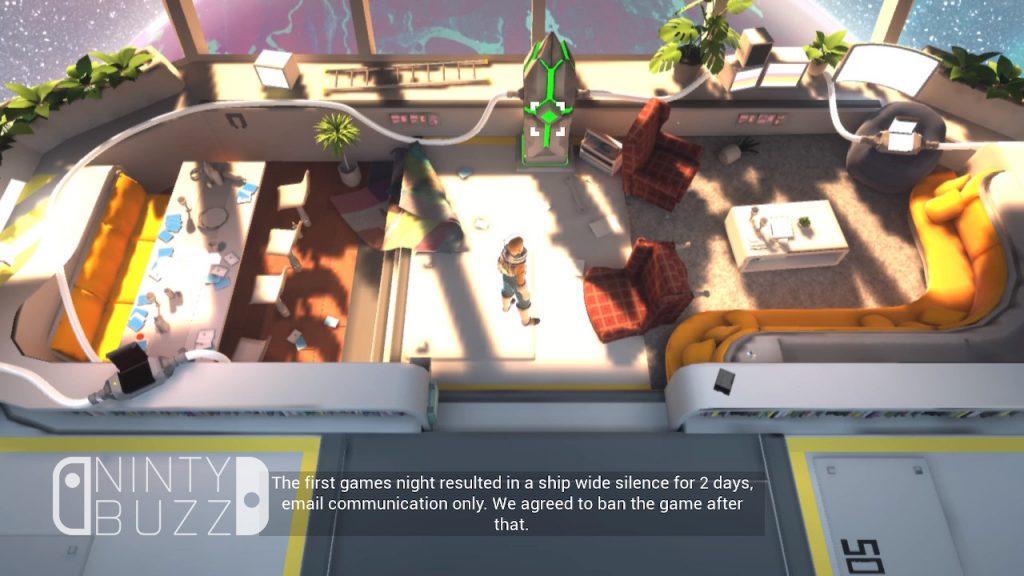
In addition to the story provided by Juniper, there’s also a trove of other collectables to gather, one of which includes email and crew logs. Each member of the crew were instructed to keep their own diary of sorts for sanity’s sake, and accessing them requires a pattern-based password for security. These patterns work similarly to the screen puzzles actually. These logs go into a lot more detail about each member of the crew, which are all renamed after colours for anonymity. These are also a lot of fun to read through, sometimes they’ll talk about how they appreciated the surprise birthday party after a death-defying spacewalk, or they may be sharing their annoyance about how the ship’s designated pet was purposefully impregnated prior to mission start. You may also find little snippets that go into more detail about the Alabaster’s tragic story. To access these logs, you’ll have to input the pattern displayed on the many archive cards that are laying about the place or even contained in capsules powered by the anchors. Some say there are also a few secret codes specifically for those who like to explore every nook and cranny. I think that, in the long run, collecting as much info as you can will be worth it. With an ending that is just as confusing as some of the puzzles, perhaps knowing more will shine a light on matters.
The music in Filament is, in my opinion, pure brilliance and suits the mood perfectly. The calming and atmospheric soundtrack compliments your situation immensely, reminding you that there is always hope and entices you the explore the Alabaster to your heart’s content. It also reminds us that you don’t have to rush or panic, just go at activating those anchors at your own pace, through thick and thin, you’ll eventually find your way to victory. Admittedly, I may have had the game on in the background while writing this review purely for the music!
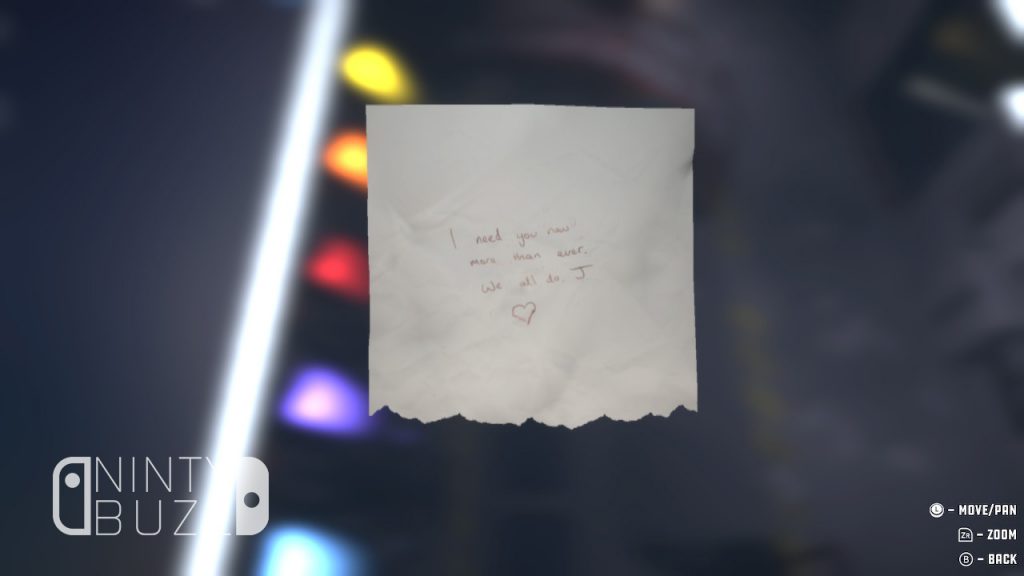
Filament is a game of beauty, one that reminds us that not everything has to be done in a rush and that knowledge is power. There are a huge variety of puzzles, each type more creative than the last. Most of the game has the perfect amount of challenge too, witch each puzzle solved granting a rush of gratification. It’s incredibly difficult to find any faults with Filament, and I cannot recommend it enough for any puzzle lovers with a Nintendo Switch.
Final Rating – 4.5 out of 5
Filament is out now for Nintendo Switch, Windows, Linux, and macOS.

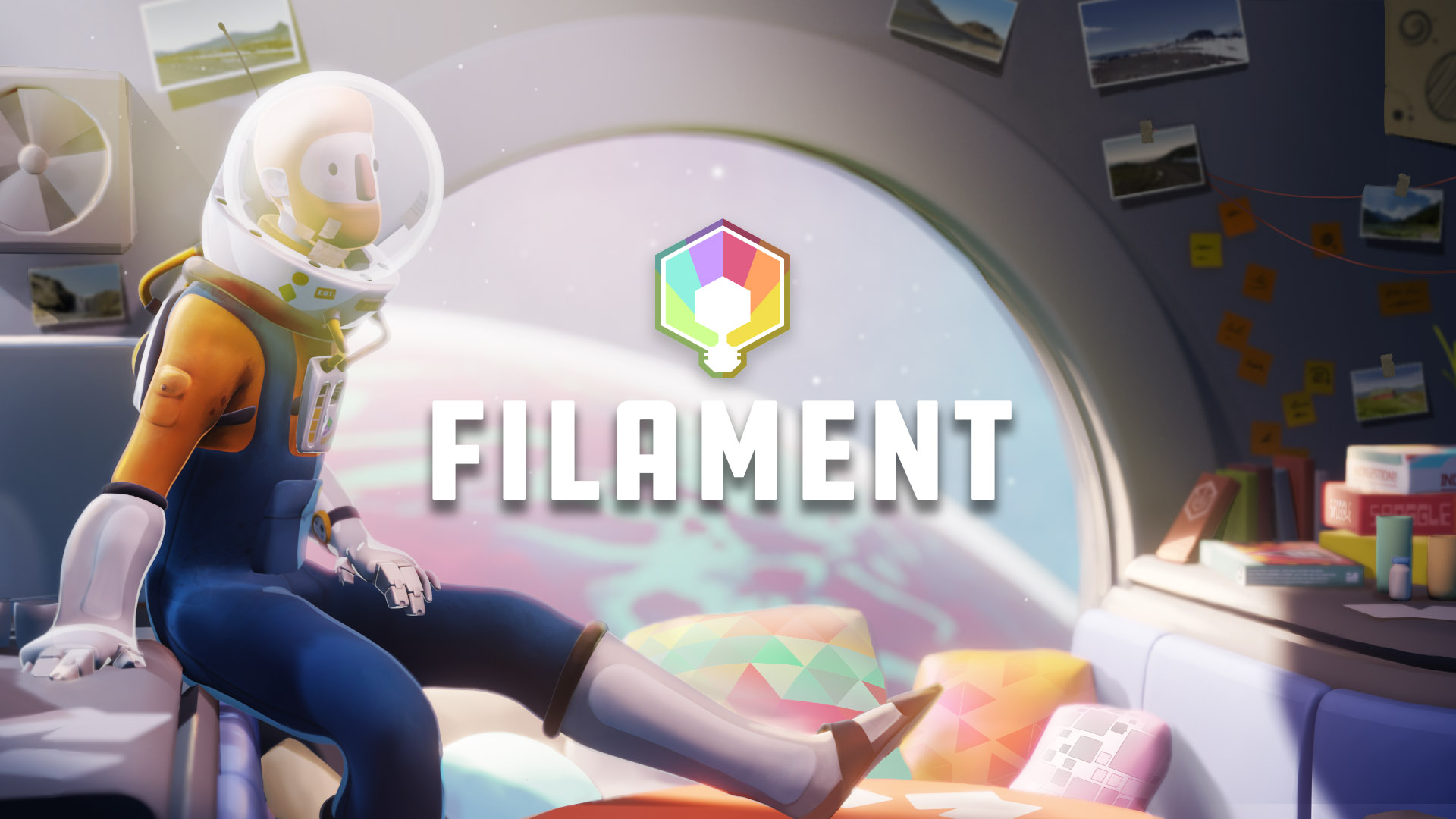

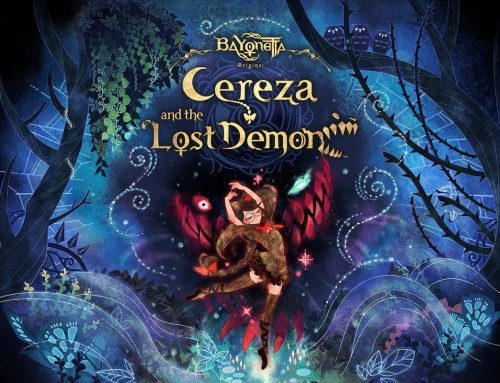
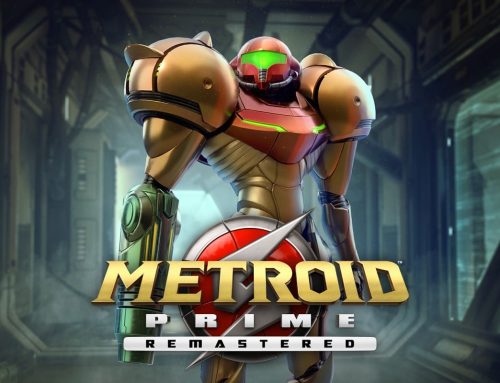

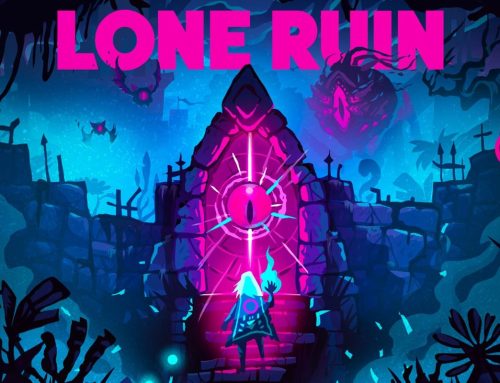
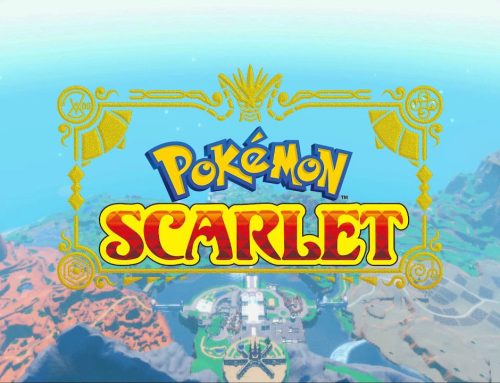

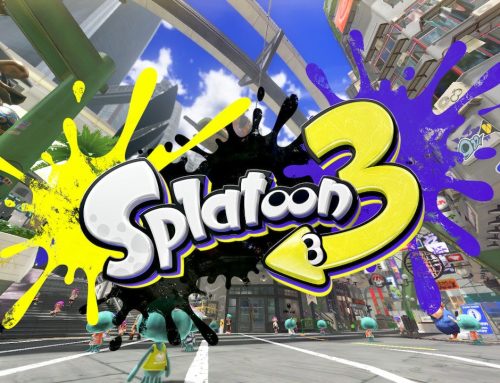
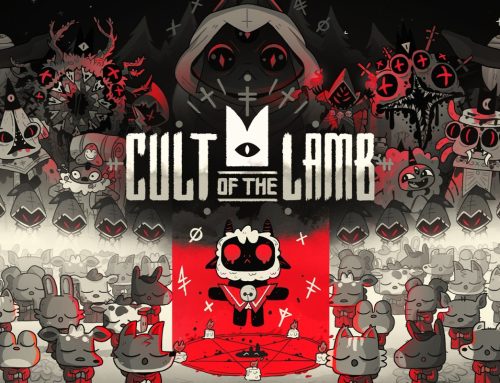
Leave A Comment
You must be logged in to post a comment.